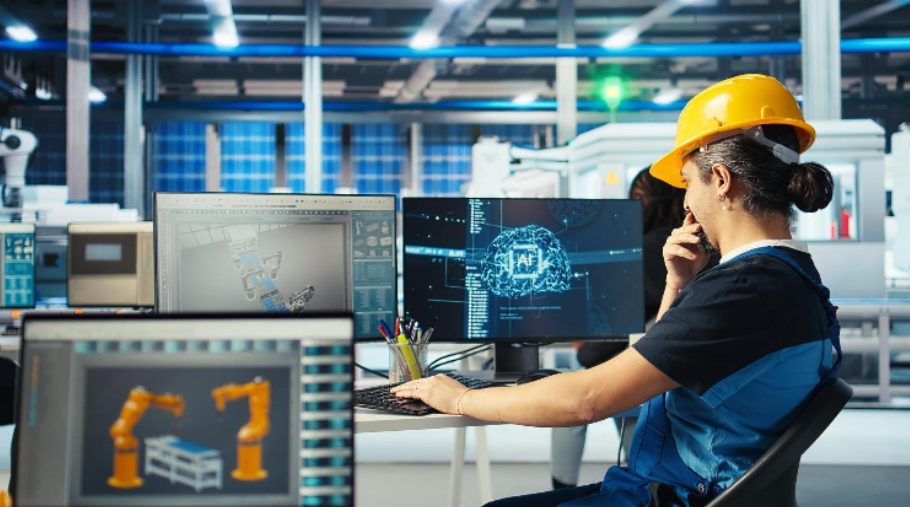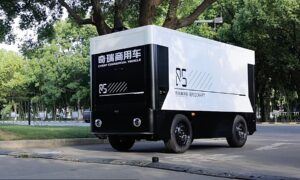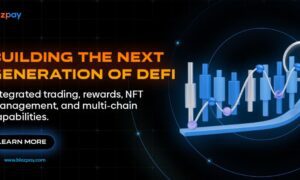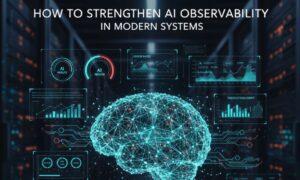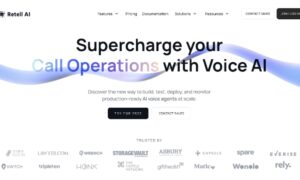Artificial intelligence is no longer an experimental tool reserved for laboratories or niche startups. It has become a defining force behind accuracy, consistency, and efficiency across nearly every sector of the global economy. From manufacturing to finance and healthcare to construction, AI is closing the gap between human intention and flawless execution.
The idea of precision once meant exact measurement, careful planning, and minimal deviation. Today, it means data-driven learning systems that continually refine themselves to outperform past results. In every field touched by AI, the pursuit of precision has evolved from a human skill into a computational art.
Manufacturing: From Tolerance to Total Accuracy
Manufacturing was one of the first industries to adopt AI for precision improvement. Modern production lines use machine learning algorithms to analyze vibration data, tool wear, and real-time imaging to detect microscopic defects invisible to the human eye.
A recent review in Applied IT & Engineering found that AI‐based quality control systems in manufacturing can identify micro-defects in materials at speeds and accuracy levels surpassing traditional methods.
This leap in precision has changed how factories operate. Instead of relying solely on post-production quality checks, AI allows predictive maintenance and real-time correction. The result is a continuous feedback loop between design, process, and output, creating manufacturing environments where error margins approach zero.
Healthcare: Data, Diagnosis, and Digital Certainty
In healthcare, precision once depended on the intuition and experience of physicians. Today, it increasingly depends on AI’s capacity to process vast amounts of data faster than any human ever could.
A systematic review found that deep learning models achieved area-under-curve values between 0.86 and 1.0 across multiple medical-imaging tasks, indicating diagnostic performance that rivals expert clinicians.
AI’s advantage lies not in replacing clinicians but in enhancing their diagnostic precision. Machine learning systems can detect early disease markers that might otherwise go unnoticed, leading to faster interventions and improved outcomes. The same technology powers precision medicine initiatives that tailor treatments to an individual’s genetic and environmental profile.
By linking data from labs, wearables, and medical records, AI is moving healthcare toward a model defined by foresight rather than reaction. Every diagnosis becomes a data-backed prediction rather than a probability.
Finance: Precision in Decision and Risk
Financial institutions were among the earliest adopters of algorithmic systems, but artificial intelligence is now redefining what precision means in finance. Predictive models analyze market behavior, customer activity, and credit risk with an accuracy that was previously impossible through traditional analytics.
According to the Bank of England and the Financial Conduct Authority’s joint report on Machine Learning in UK Financial Services, financial institutions are rapidly integrating AI systems into decision-making processes to enhance model precision, monitor risk exposure, and detect anomalies in real time. The report notes that nearly three-quarters of surveyed firms are using machine learning across core business areas, improving the accuracy of fraud detection, compliance, and market forecasting.
AI reduces human error by recognizing complex patterns in data that are invisible to traditional econometric models. In risk management, it identifies subtle correlations that may precede systemic stress, while in compliance, it tracks transactions with greater speed and transparency. Financial precision today is no longer limited to calculation; it is built on adaptive intelligence that evolves continuously through data feedback.
Construction: Accuracy Rebuilt from the Ground Up
Construction has long been one of the most complex and error-prone industries, where a single miscalculation can ripple through budgets, timelines, and material orders. Artificial intelligence is changing that by bringing precision to an industry built on physical scale and human coordination.
AI-powered platforms such as TaksoAi takeoff software are helping contractors transform the preconstruction phase. Instead of manually counting components or tracing pipe layouts, estimators can upload project drawings and let machine learning algorithms detect fittings, measure lengths, and calculate quantities automatically. TaksoAi’s system identifies over sixty different HVAC and piping elements and then presents the data for human review, enabling teams to finalize detailed estimates in a fraction of the time once required. It is also built from the ground up to facilitate human in the loop usage to create full trust in the takeoff.
The process doesn’t eliminate professional judgment, it enhances it. AI handles the data-heavy tasks while estimators focus on validation and cost optimization. The result is a workflow defined by speed, traceability, and measurable accuracy, where data flows seamlessly from digital plans to real-world performance.
Energy and Climate: Modeling the Planet with Mathematical Clarity
The global energy transition demands a level of forecasting accuracy that no manual model can match. Every hour, modern grids must balance fluctuating renewable inputs with consumer demand, infrastructure limits, and weather variability. Artificial intelligence is becoming central to that equation, powering the analytical precision that sustainability now requires.
The U.S. Department of Energy explains that AI is transforming how the nation generates, distributes, and conserves energy. These systems help utilities manage massive data streams from wind farms, solar installations, and sensor networks to improve grid reliability and integrate renewable sources more efficiently.
Machine learning models can identify inefficiencies, predict load fluctuations, and suggest real-time corrective actions that stabilize power delivery while reducing waste. When combined with human oversight, these insights accelerate the shift to cleaner and smarter energy systems.
Beyond the grid, AI-enhanced climate models are improving the precision of environmental forecasting, allowing governments and private organizations to anticipate extreme weather patterns and protect communities. Precision in the energy sector now extends from power generation to planetary prediction, linking sustainability directly to data intelligence.
The Human Element of Precision
What unites these examples is not just accuracy but augmentation. AI’s greatest achievement is not perfection but partnership. It enables professionals in every industry to operate at a higher level of precision than was ever humanly possible, yet it still relies on human insight for direction and validation.
Across sectors, AI systems learn from human feedback, refine their own models, and provide clarity in environments overwhelmed by data. The result is a new equilibrium where technology executes with consistency and people focus on creativity and strategy.
In this era, precision is more than a metric. It is a mindset. AI has turned it into a living process that evolves with every dataset, every decision, and every new possibility we give it.

